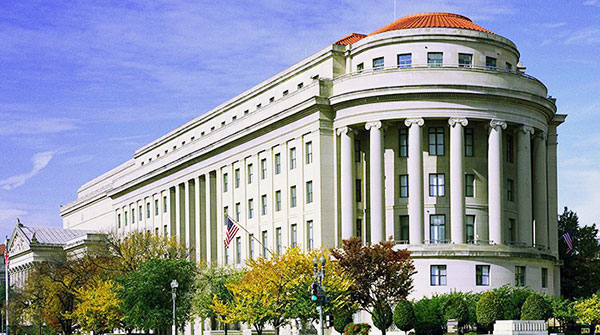The U.S. Federal Trade Commission is looking into Amazon’s discount pricing practices in response to a complaint filed by Consumer Watchdog over the company’s pending US$14 billion purchase of the Whole Foods grocery chain, Reuters reported last week.
“Asking informal questions about issues potentially related to a corporate acquisition is a natural part of the FTC review process,” observed Charles King, principal analyst at Pund-IT.
That said, it might be worth considering whether Consumer Watchdog’s allegations might be a shield for politically motivated actions by the FTC, he told the E-Commerce Times.
Although the Trump administration has yet to nominate three new FTC members, including the agency’s chairman, “given the rancor between the president and Amazon CEO Jeff Bezos, it’s worth considering,” King mused.
Consumer Watchdog’s Allegations
Consumer Watchdog earlier this year published a study that found widespread use of inflated list prices on Amazon’s U.S. website. However, Amazon rejected those findings, saying it had eliminated list prices when it believed they weren’t relevant its customers.
It introduced a “was” price to provide customers with an alternative list price when it didn’t display the list price, the company said.
Consumer Watchdog conducted a follow-up study last month, which examined 1,000 items advertised on Amazon.
It found the company had employed deceptive sales tactics — among them, displaying a struck-through price near the price it charged for a product, and indicating that the difference was the amount the consumer saved, although in many cases the product never had been listed at the struck-through price.
Amazon displays four types of reference prices: list, was, sale, and amount saved — indicated by the struck-through price.
Consumer Watchdog found the following:
- Amazon displayed reference prices on 46 percent of the 1,000 products surveyed — a sharp increase from a similar sample taken;
- 61 percent of all reference prices were higher than any observed price Amazon had charged in the previous 90 days. They exceeded the product’s maximum observed historical price by 70 percent;
- 38 percent of all reference prices were higher than any price Amazon had ever charged;
- More than 62 percent of Amazon’s “was” prices exceeded the maximum price observed within the previous 90 days, and more than 27percent of “was” prices were higher than any price Amazon ever charged;
- Before-sale prices listed exceeded the maximum price observed on products within the preceding 90 days 97 percent of the time; and
- 84 percent of Amazon’s before-sale prices were higher than any Amazon ever charged for the product.
In Defense of Amazon
“The conclusions the Consumer Watchdog group reached are flat-out wrong,” an Amazon spokesperson said in a statement provided to the E-Commerce Times by company rep Maxine Tagay. The study is “deeply flawed, based on incomplete data and improper assumptions.”
Amazon validates the reference prices provided by manufacturers, vendors and sellers against actual prices recently found across Amazon and other retailers, the spokesperson said.
Time to Update Business Practices
“The point of the Internet is that somewhere, from some source, most products are available at a wide variety of prices which may not remain in place for a long time but are meant to be simply a traffic generator,” noted Larry Chiagouris, a professor of marketing at Pace Universlty’s Lubin School of Business.
“It’s possible that the price did exist but only for a brief amount of time,” he told The E-Commerce Times.
It is “essential to change prices frequently to stay up with competition and demand,” Chiagouris pointed out. “Going forward, we’re going to see prices gyrating even more to fit the moment of demand.”
If the FTC should find that Amazon has engaged in deceptive pricing practices, Amazon would be “the biggest potential loser,” King said, “especially if the FTC decides to inhibit or halt [its] acquisition of Whole Foods.”
The grocery chain also would be hit hard.























































Social Media
See all Social Media